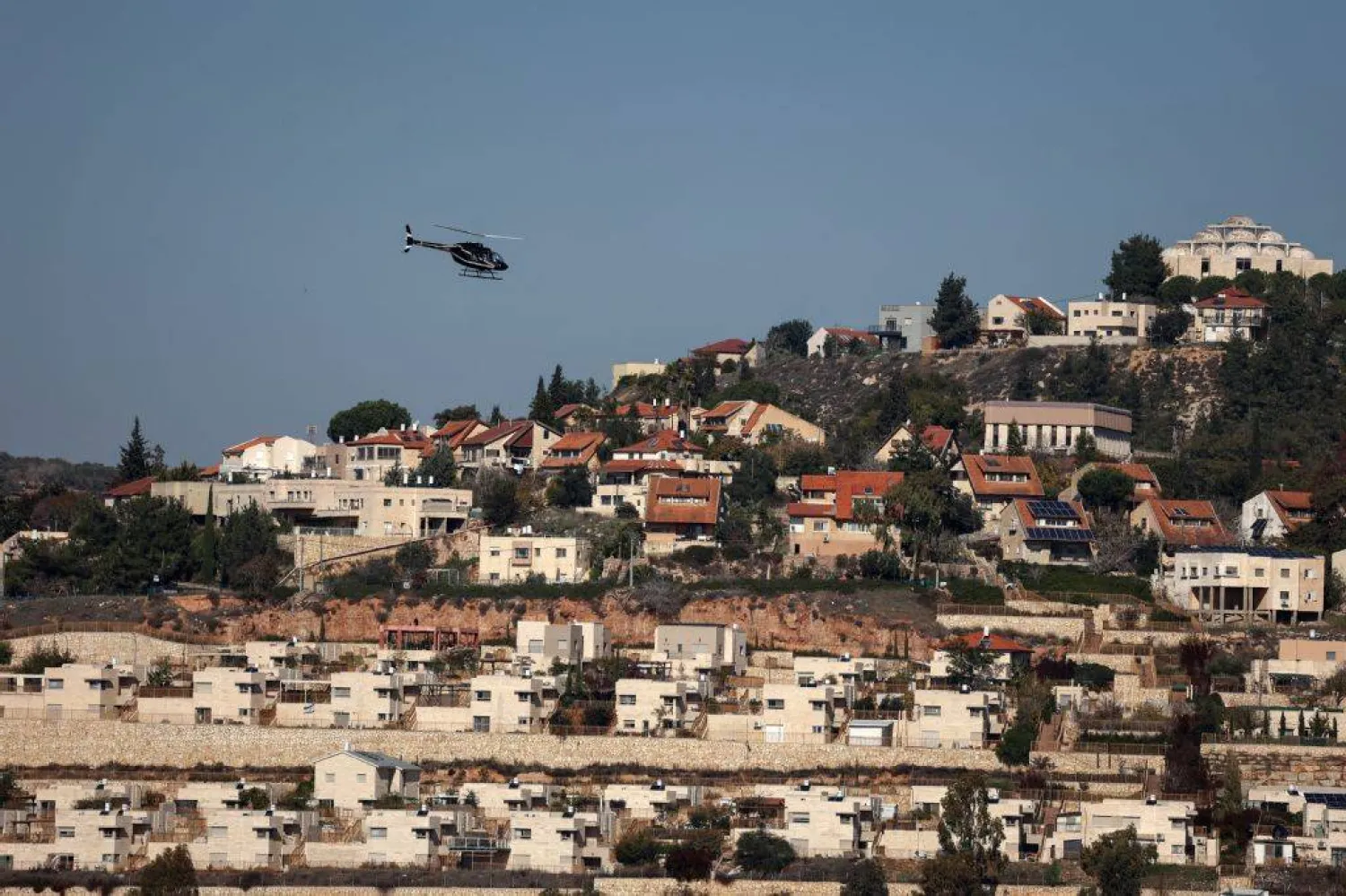Iran is seeking to revive its expansion near the Syrian capital, Damascus, which it has always sought to do and was previously thwarted by Russia. Iran's objective is to create another “southern suburb”, commonly known as Dahieh, like the Hezbollah-dominated one in the Lebanese capital, Beirut.
The plan is to expand Iranian influence in the towns of the southern Damascus countryside adjacent to the Sayyidah Zeinab area.
Iran intends to do so by scaling up its purchase of homes and establishing new camps in areas adjacent to the zones of influence of Russia, which is currently preoccupied with its war in Ukraine.
The southeastern countryside of Damascus includes many towns and villages. The most important and largest of them are Babila, Yalda and Beit Sahem. These towns administratively belong to the Damascus countryside governorate and cover an area of about four square kilometers.
The Sayyidah Zeinab area, located about eight kilometers from Damascus, on the highway leading to Damascus International Airport, is the main stronghold of Iranian militias and their proxies in the southern countryside of Damascus.
Iran claims it is defending the Sayyidah Zeinab shrine, which is visited by thousands of Shiite pilgrims from Iran, Iraq, Lebanon, Afghanistan, and Pakistan.
Before the war erupted in Syria about 12 years ago, most of the population of Babila, Yalda and Beit Sahem were Sunni Muslims.
After Damascus regained control of the area in the summer of 2018, through a reconciliation agreement sponsored by Russia, many local families started returning to the towns.
These families were approached by strangers looking to buy their homes and real estate. Only a few agreed to sell their properties.
Later, it became clear that those buying the houses were the families of fighters from militias affiliated with Iran.
Sources pointed out that many of the Iranian-backed militia fighters who moved into the area are originally from the Shiite towns of al-Foua and Kefraya in Syria’s Idlib countryside.









